![]() 4 Dec 2023
4 Dec 2023
Mahatma Gandhi once said that the real progress of India did not mean simply the growth and expansion of industrial urban centers but mainly the development of the villages. In this article, the significant aspects of rural development with the help of a case study on the village Palampur will be studied.
Additionally, an exploration into concerns about food security in India and the measures taken in this regard will be conducted.
At last, Rural Developmental aspects of 3 emerging economies will be studied: India, China & Pakistan.
|
The Story of Village Palampur Palampur, a well-connected village, is linked to neighbouring areas via a reliable all-weather road. This road accommodates various modes of transportation, ranging from traditional bullock carts and tongas to modern vehicles like motorcycles, jeeps, tractors, and trucks. The village comprises around 450 families from diverse castes, with the upper caste families owning the majority of the land and residing in brick houses. In contrast, the SCs (Dalits) form one-third of the population and inhabit smaller houses, some made of mud and straw. Most houses have access to electricity, which is used for various purposes, including powering tube wells and small businesses. Palampur boasts two primary schools, one high school, a government-run primary health centre, and a private dispensary for medical treatment. As compared to nearby villages, Palampur has a relatively well-developed infrastructure, including roads, transportation, electricity, education, and healthcare facilities. |
|---|
The Story of Palampur: Exploring Rural Development in a Make-Believe Village in India
The aim of production is to create desired goods and services, and this process relies on four key requirements:
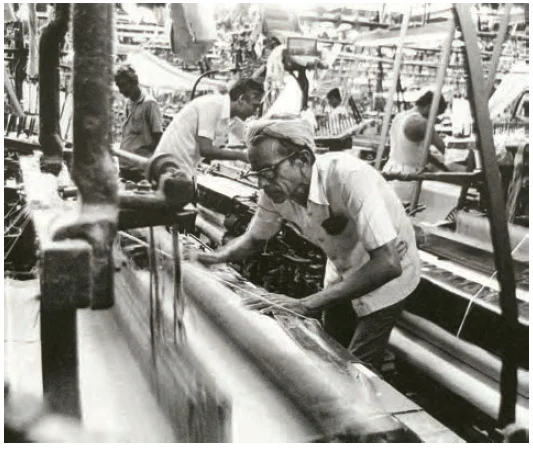
In the picture, identify the land, labour and fixed capital used in production.
|
Do You Know? The standard unit of measuring land is hectare, though in the villages we may find land area being measured in local units such as bigha, guintha, etc. One hectare equals the area of a square with one side measuring 100 metres. |
|---|
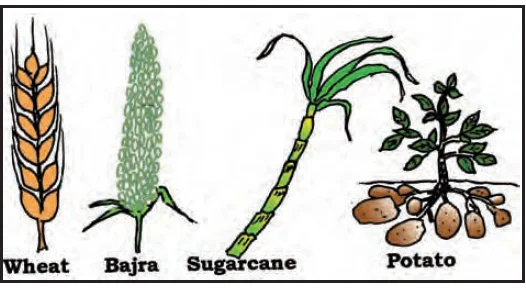
Different Crops
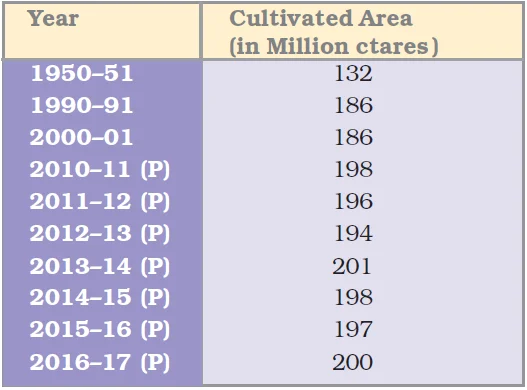
Cultivated area over the years
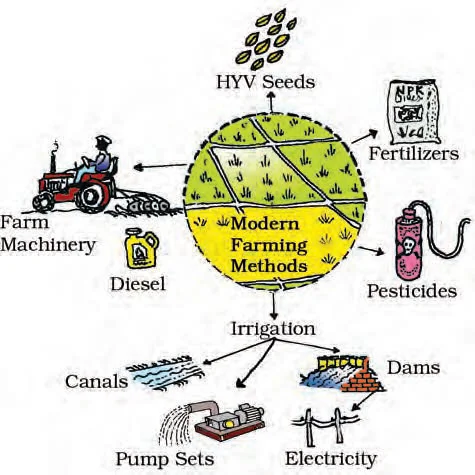
Modern Farming Methods: HYV seeds, chemical fertilizer etc.
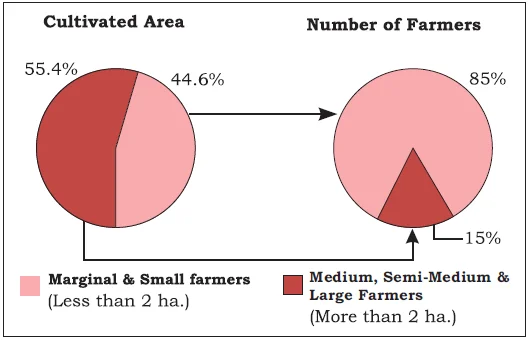
Distribution of Cultivated Area and Farmers
Only 25 percent of the people working in Palampur are engaged in activities other than agriculture.
Glimpse into Non-Farm Activities in Palampur
|
|---|
Thus, the story of Palampur provides a glimpse of rural life. This helps to plan and study various aspects of rural development.
Conclusion
The intricate tapestry of life in Palampur, spanning farming, non-farm activities, and the evolving transport sector, paints a comprehensive picture of rural existence. Exploring these dynamics offers valuable insights into the challenges and opportunities for Rural Development, guiding efforts to enhance the well-being and sustainability of rural communities.
<div class="new-fform">
</div>